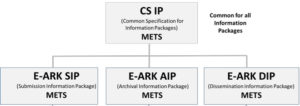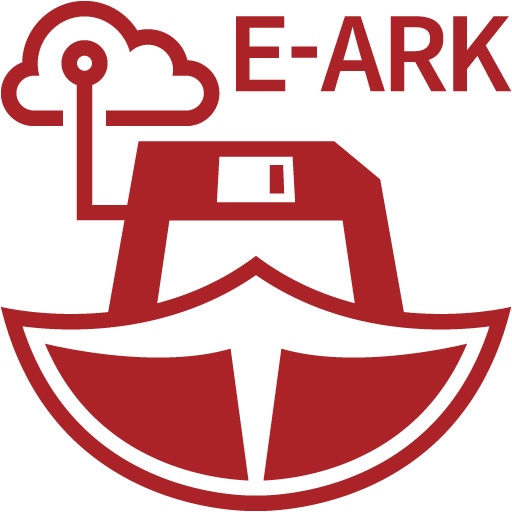 E-ARK3 is supporting the development of the CEF eArchiving Building Block. The eArchiving Building Block is a solution to long-term information assurance. It provides the specifications, reference software, training and service desk support for digital archiving. This benefits both the design of repositories as digital archiving and preservation systems and the enabling of business systems to send data to those repositories.
E-ARK3 is supporting the development of the CEF eArchiving Building Block. The eArchiving Building Block is a solution to long-term information assurance. It provides the specifications, reference software, training and service desk support for digital archiving. This benefits both the design of repositories as digital archiving and preservation systems and the enabling of business systems to send data to those repositories.
Data drives the global economy, but to remain accessible over time, it frequently needs to be migrated between successive generations of software. That can occur because software needs to be updated, replaced or decommissioned. Such migrations always incur costs and bring risks concerning data integrity and information assurance. This is where eArchiving can help.
The foundation of eArchiving is the set of Information Package specifications. These describe platform-independent formats for storing information assets as bulk data and metadata that remains authentic and understandable over the long-term. These specifications are based on the accumulated knowledge and experience of a large international community of researchers and practitioners. They are thus ideal for long-term information assurance, supporting:
- migrating data between generations of business information systems;
- transferring data to dedicated archival repositories;
- managing data in repositories concerning its long-term preservation;
- reusing data over the long-term, independently of the business systems.
eArchiving also provides a set of sample software components for several scenarios and business environments. With these components any organisation can develop its own institutional archiving and preservation ecosystem, or develop standardised workflows for delivering content from its business systems to external repositories. Using eArchiving guidelines guarantees that information will still be available and reusable for as long as it is required.
How it works?
Information Package specifications provide interoperability across organisational borders, user communities and time. To achieve this they use a Common Specification (CS), based on the Metadata Encoding & Transmission Standards (METS), plus specialisations for the:
- E-ARK Submission Information Package (SIP), for sending the data to preserve to a repository;
- E-ARK Archival Information Package (AIP), for storing and preserving the data in a repository;
- E-ARK Dissemination Information Package (DIP), for accessing the data from a repository.
The eArchiving specifications are based on the ISO 14721:2012 – Open archival information system (OAIS) – Reference model, plus other common, international standards for transmitting, describing and preserving digital data.

Who can use it?
The eArchiving specifications, reference software, training and service desk support is valuable to:
- data creators (any organisation with long-term information assurance requirements);
- repositories (any organisation with long-term information assurance responsibilities);
- solution providers (any technology provider for data creators or repositories).
Six reasons to use the EU specifications for eArchiving
- Maturity: re-uses the accumulated knowledge of other organisations facing the same challenges
- Flexibility: supports scaling of digital archival systems from small to very large
- Standardisation: enables information assets to be transmitted, preserved and reused across borders as well as time
- Efficiency: accelerates the delivery time of a working digital archive, while controlling costs
- Transparency: ensures a high level of confidence among all participants in the information value chain
- Risk management: reduces risks in information assurance
